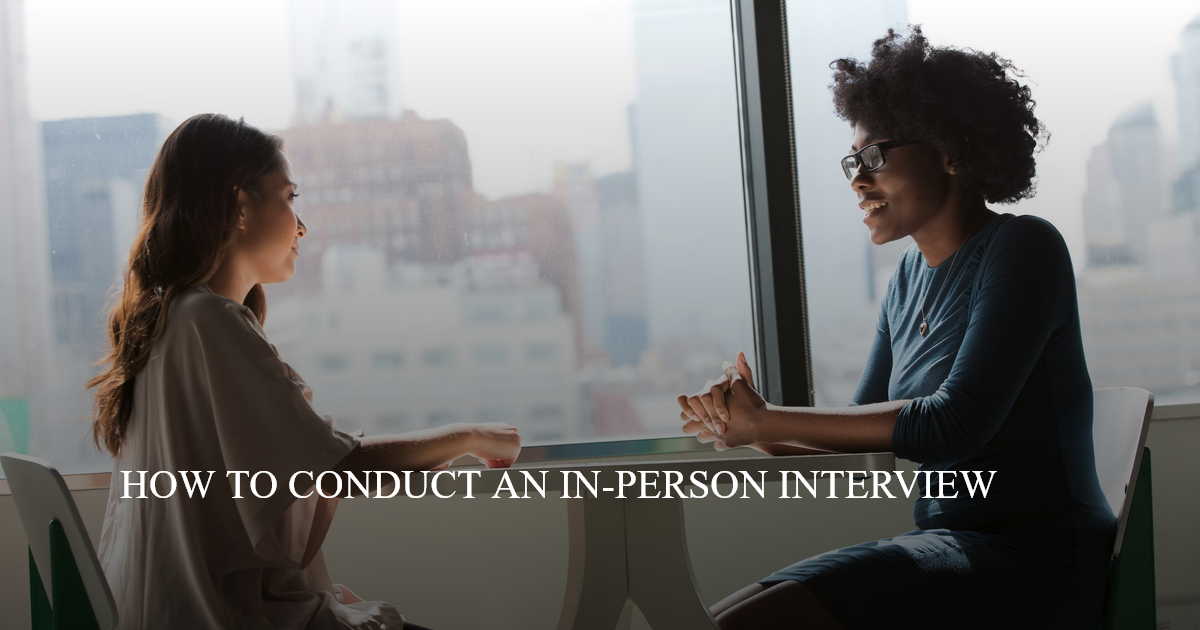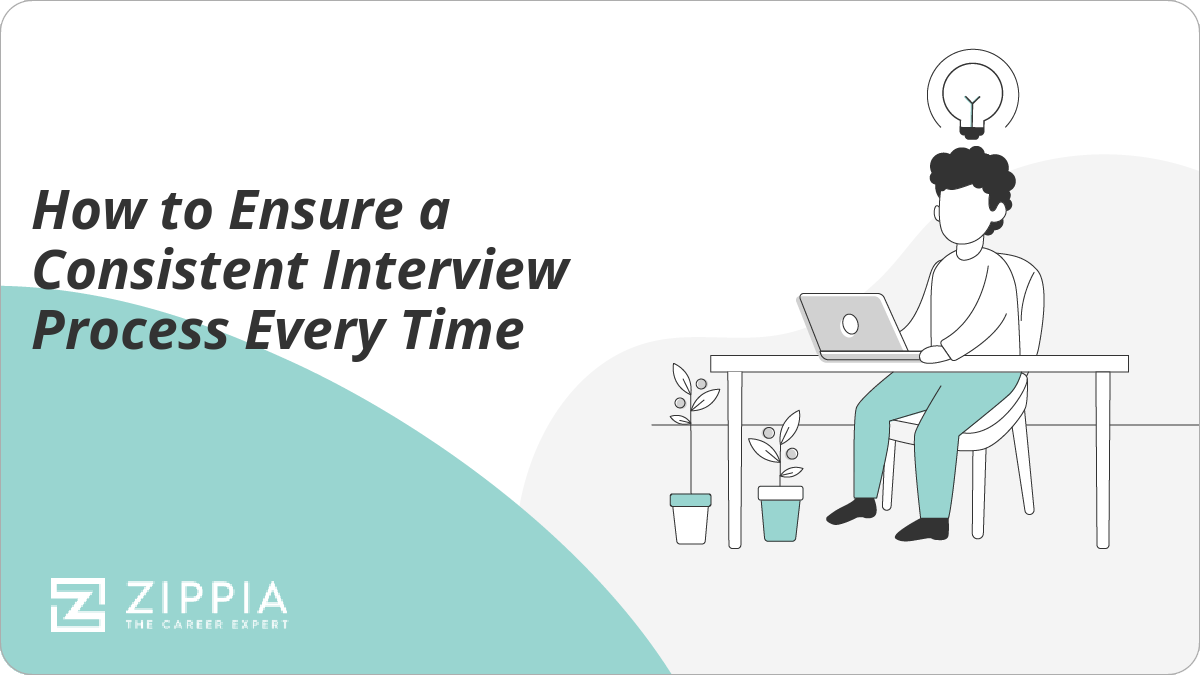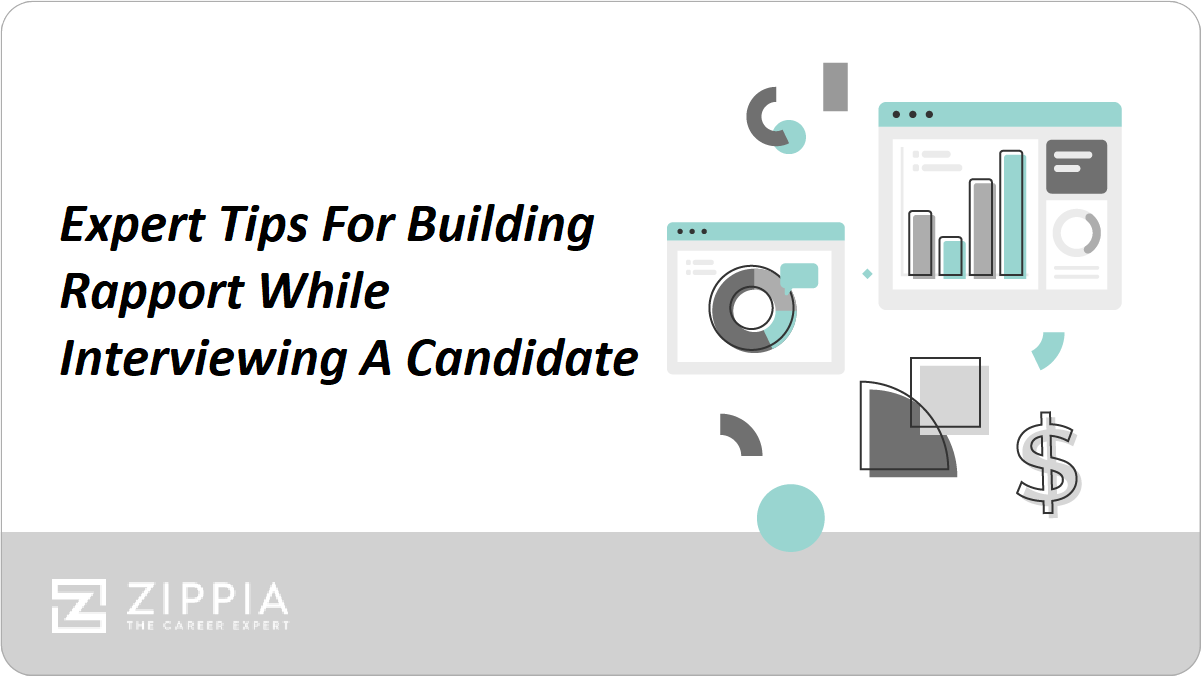Innovative and effective interview processes are both the holy grail and John Cleese of recruitment; we know they can work if done right, but mostly it just seems like a bit of time-wasting fluff. If you’ve ever tried to implement a different way of sifting through your organization’s potential recruits, you’ll understand the difficulty in working out how to effectively utilize the many different ways of screening an applicant. Here’s an example of how one company managed to do it very effectively.
Recently, I’ve been doing the deed that is searching for a job after returning home from travel. While it’s certainly had its ups and downs, one organization’s interview process has particularly stood out. Their novel approach to each stage of the process highlights the way that stepping outside of basic one-one-one conversations can cut through the usual drag that is resume scanning to draw out a person’s truly relevant skills.
Stage 1: Real Job Description
The company posted a job description that included words like ‘Superstar!’ and phrases like ‘We love macbooks!’. It’s the little things that give clues to your organization’s culture. Just as an applicant who lists ‘team player’ as a characteristic on their resume makes you want to roll your eyes, listing ‘fun, dynamic work environment’ makes a candidate roll their eyes. Ask what makes your organization unique and don’t be afraid to be a little quirky and proud in the way you describe who you are and what you are looking for.
Stage 2: 100 Word Cover Letter + Resumé
If you’re sick and tired of mining out the relevant information in a cover letter, request candidates to reduce it to 100 words. As an applicant, I really had to think, ‘What exactly is it about me that will make me stand out for this particular job?’ A great paragraph shows an applicant’s ability to a) follow instructions and b) communicate efficiently. It also demonstrates that they care about the role; it’s unlikely they will have a ‘standard’ 100-word paragraph ready to go so they’ll have to spend a bit of time working on it. As an even bigger bonus, scanning 100 (original!) words is much easier and more entertaining than standard, boring cover letters.
Stage 3: Group Interview
There’s a lot of controversy around the group interview process and you need to think about whether it’s right for your business. This organization were looking for someone who constantly presented in front of people and facilitated group activities – seeing how they reacted in a slightly-pressured, group environment was a smart move. It also meant that they could be a little relaxed in who they let through to the second round. Sixteen candidates were invited for the group interview – while it would normally have taken at least three days to get through a first interview for that many applicants, they did it in just two hours.
The group interview consisted of two team challenges, one of which was the marshmallow challenge, and a final 2-minute presentation on something we learned from the day’s activities. While using the marshmallow challenge wasn’t exactly innovative, I was surprised to see how quickly certain candidates stood out when it came time to present. That 5-minute exercise told them more about each person’s ability to do the job than any amount of conversation or reference checking could possibly do. The real value in a group interview process is not just confirming they can work in a team but giving them a 5-minute challenge to test them in the job.
In my opinion, a glimpse into the culture and team dynamic of an organisation can’t be revealed too early. This was given during a question and answer exercise at the end with three of the company’s employees (including the managing director).
Stage 4: Mock Presentation
Successful candidates were provided a brief to prepare a 20-minute presentation. If you’re wanting to implement innovative interview techniques in your own organization, this is where you would insert an opportunity for the interviewee to have a crack at the real tasks they will be performing day to day; design a website, clean up a spreadsheet, answer a cranky customer call. Don’t be afraid to recruit a couple of your staff in as actors if you need to! We had a lot of fun with four of the staff members pretending to be my audience. Their interactions again gave me insight into how they related to each other.
The mock job trial was finalized with a round of strong questioning, both on my side and theirs. It was our first opportunity to really have a straightforward conversation about my suitability for the job.
Stage 4a: Call from Managing Director with Feedback
The Managing Director rang to confirm they would like to progress me and provided me with feedback about the sorts of queries that would be asked in the final interview. I had time to think about my response and formulate an honest answer, rather than grappling on the spot.
Stage 5: Conversation with the employees the candidate is working with
I cannot express how amazing it was to have a real conversation with the people I’d be working with on a day-to-day basis without the looming presence of a Managing Director, particularly for a small company. Granted, the employees were in more senior roles, but I was also given full clearance to call another employee at the same level I would be entering to ask any question I wanted to.
Stage 6: Offer
This discussion highlighted an area of non-fit on my behalf for this time of my life and after 48 hours and another discussion, it was clear that this wasn’t the right role. In all, that may be the only piece of the process I would change – not having an opportunity to really delve deep into who the organization was and their plans for the future meant that I ended up turning down the role at the final stage. An in-depth discussion prior to the mock job interview may have saved both me spending two days on preparing a presentation and their discomfort at someone declining an offer.
Aside from that, the process was exhilarating, informative, challenging and interesting. I have the highest level of respect for this organization as a result of that interview process and believe that such an open, interactive process built the foundation for a future connection if both parties were interested.
From the company’s side, the process saved them time and energy up front and allowed them to discover people who they were sure would excel at the job.
If you need some other ideas as to how you could incorporate innovative processes in your process, check out “11 Innovative Interview Techniques”.
Image courtesy of IDEO.





